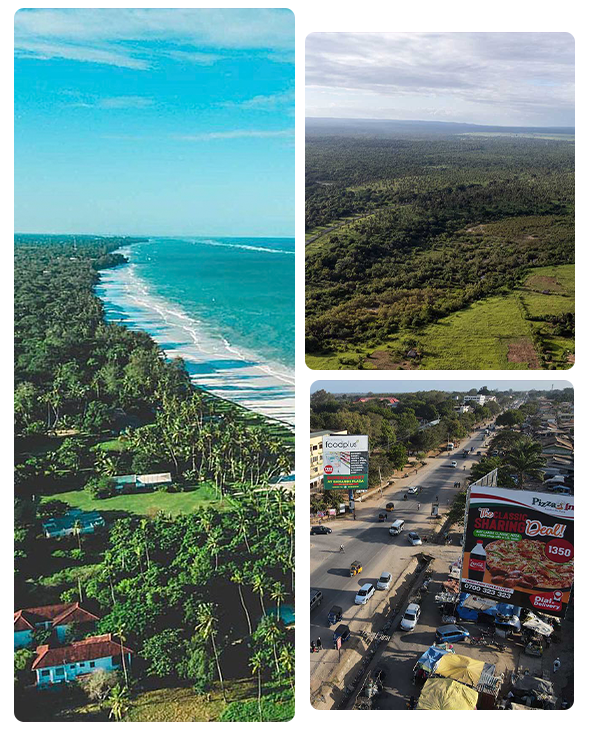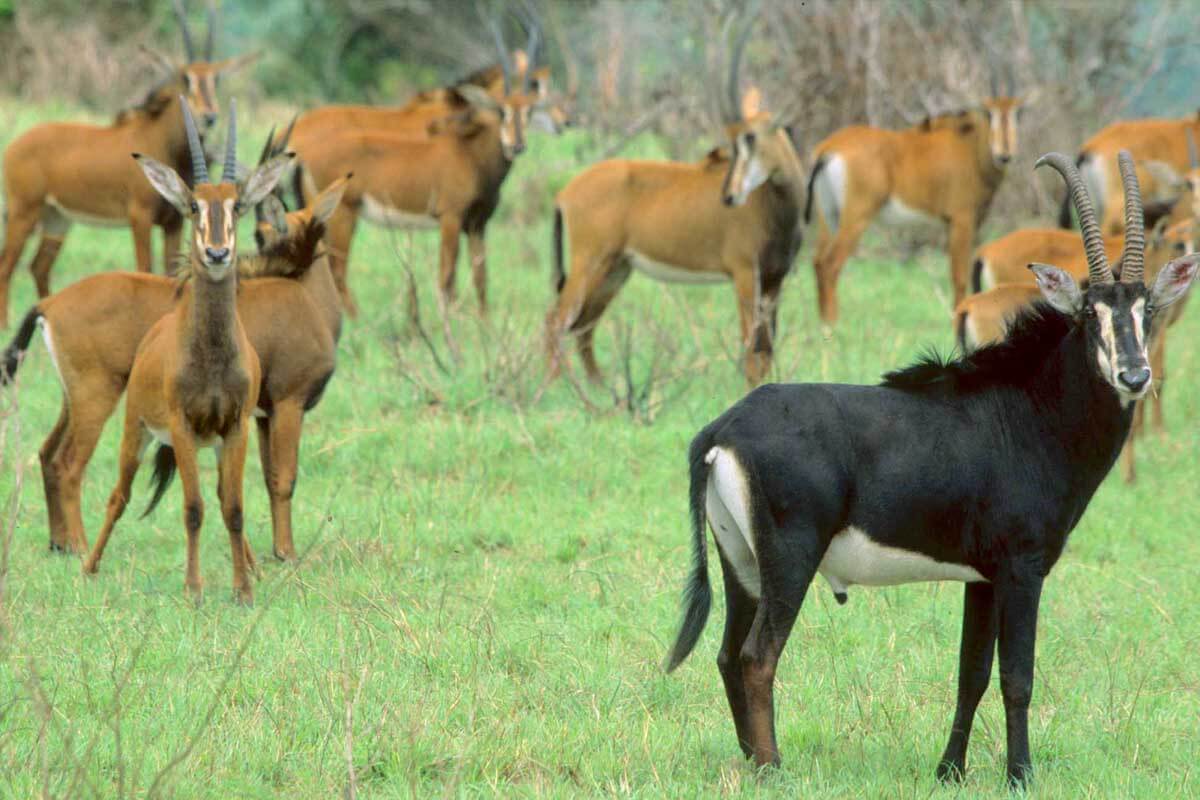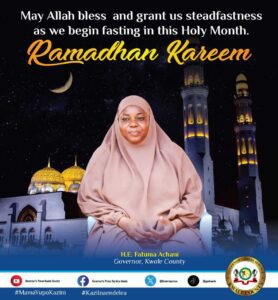History Of Kwale County

BACKGROUND INFORMATION
Kwale is one of the forty-seven (47) counties in Kenya and one of the six counties that form the coast region. The County borders Mombasa and Kilifi Counties to the North, Taita Taveta County to the West, Tanzania to the South, and the Indian Ocean to the East. The County is linked internationally to Tanzania through the Mombasa-Lunga Lunga-Tanzania Road, regionally to Kilifi and Taita Taveta counties through the Mombasa-Nairobi Highway as well as to Nairobi, which is Kenya’s Capital City. The locational attributes of Kwale offer a development advantage to the County in relation to other counties in Kenya.
The County has an estimated population of 866,820 of which 49.0 percent is male and 50.9 percent female (KNBS, 2019). Kwale County has a youthful population, with a majority (79.5%) being aged between 0 and 34 years. This bracket is predominantly school-going and recent graduates that constitute the available labour. Further, the county has over the past ten years supported human capital development program through the “Elimu ni Sasa” initiative. This initiative and other programs have increased skilled labour in the following disciplines: Engineering, Agriculture, Veterinary, & Agribusiness, Business Management, Hospitality & Tourism, Environmental and Earth Sciences among others.
The County has a tropical climate influenced by the monsoon seasons categorised into three major climatic zones namely; warm and humid, cool and wet and hot and dry.
The average temperature is about 28ºC with a maximum temperature of 33ºC being experienced in March during the inter-monsoon period and minimum temperature of 21ºC experienced in July a month after the start of the southwest monsoon. Rainfall is bimodal with short rains being experienced from October to December, while the long rains are experienced from March/April to July. This climate is suitable for the production of grain, pulses, tubers, oil crops, and vegetables. Some of the crops are tropical fruits, coconuts, Bixa, rice, sugarcane, cashew nuts, pasture and forage for animals. Low land ranching zones in Kinango and Lunga Lunga sub counties support cattle rearing.

Kwale County comprises four major topographical zones: the coastal plain, foot plateau, coastal uplands, and Nyika plateau. The zone with medium agricultural production potential is the Coastal ranges while the Nyika plateau which is semi-arid and the main activity in the area is livestock production with potential for wildlife enterprise. The County is well-drained through seven (7) permanent rivers and various seasonal rivers and tributaries. The main water resources in Kwale County comprise of rivers (7), shallow wells (693), springs (54, protected and unprotected), water pans, dams (6), rock catchments and boreholes (110).
The County experiences sunshine throughout the year, with the daily sunshine ranging between 6 and 10 hours. The Nyika Plateau and the coastal plain experience high solar radiation indicating the potential for developing commercial-scale solar energy harnessing. The 250 Km coastline and Kenya’s 200 nautical miles exclusive economic zone also presents the County with an opportunity to explore the feasibility of tidal energy. Preliminary wind resource assessments indicate wind speeds within the County
range from 8 to 14m/s, therefore, presenting an opportunity to explore wind energy.
Kwale County is a touristic destination and takes pride in its pristine beaches, highly rated world class hotels, marine parks and game reserves, nascent tourist sites and several untapped cultural resources. Diani beach, which is the main tourist attraction site, has been voted the best beach destination in Africa for seven years consecutively by World Travel Awards.
Kwale County is home to huge mineral reserves which remain untapped. The mineral reserves which have been exploited so far include titanium. The Kwale mining operations for titanium accounts for almost 65 percent of the Kenya’s mining industry by mineral output value. The Kwale mining operations are estimated to be adding more than US$ 100 Million to Kenya’s Gross Domestic Product (GDP) annually.
The mineral resource includes; Titanium (rutile, ilmenite, zircon) at Nguluku and Shimba Hills; Gemstones at Kuranze; Rare Earth Elements (niobium, phosphates) at Mrima Hills and Samburu; Silica Sand at Waa, Tiwi and Ramisi; Zinc, Lead and copper at Mkang‘ombe, Mwache, Dumbule and Dzitenge; Baryte at Lunga-Lunga; Coal at Maji ya Chumvi; Sandstones at Mariakani; Limestone at Shimoni and Waa; Coral at the coastline and Oil/Gas at onshore and offshore.
In 2017, The County’s Gross County Product (GCP) accounted for only 1.1 per cent of the country’s total Gross Domestic Product (GDP). The GCP increased from Ksh. 54,196 (US$ 450) in 2013 to Ksh.119,666 (US$ 990) in 2020 representing an annual average growth rate of 12.04 per cent. The service sector contributed 47.0 per cent of the GCP while agriculture, manufacturing and other industrial sectors shared 45.8 per cent, 0.35 per cent and 7.0 per cent, respectively. It is on the backdrop of these statistics particularly low contribution of manufacturing and the industrial sectors that we are seeking partners and other likeminded investors to support us diversify our economy from predominantly service economy to a manufacturing and processing economy.
Kwale County is ready for economic take off through industrialization. The County has an approved Spatial Plan (2022 – 2032) that has mapped strategic zones for industrialization. The physical location of the County places it strategically as frontier for major sea and dry land docking development projects.

